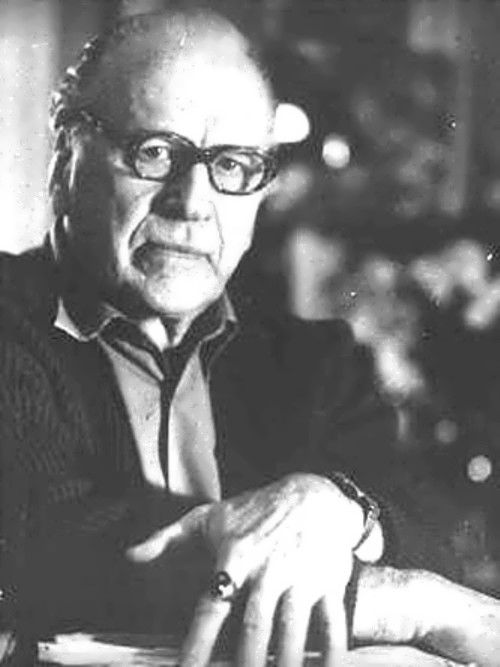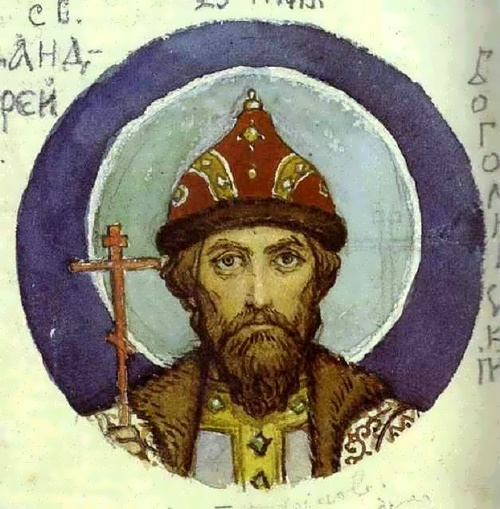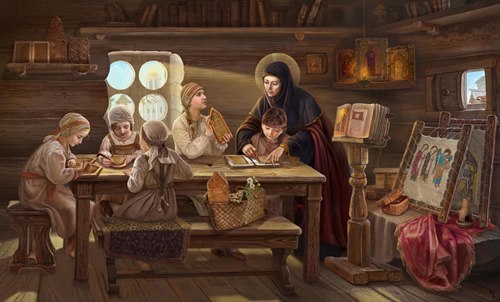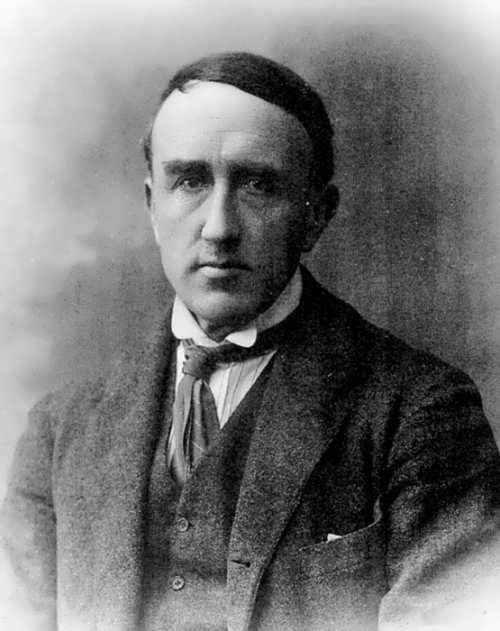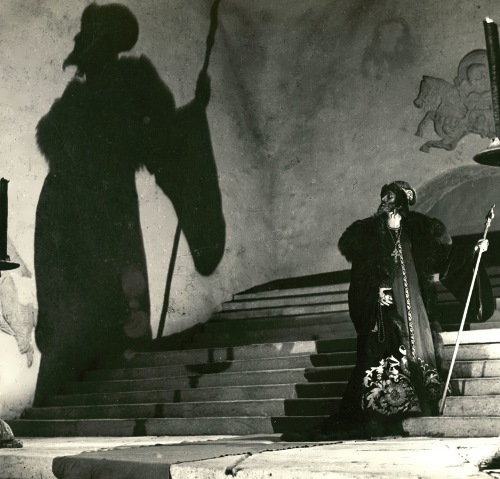Sergei Vronsky – great hoaxer or professional astrologer?
Sergei Vronsky was called ingenious hoaxer, compared with Nostradamus, Count Cagliostro, False Dmitry, and even Baron Munchausen. He was a descendant of the old ducal family, German Wehrmacht major, Rudolf Hess’ personal astrologer and, according to his biographers, one of the most effective Stalin’s agents.
He was an astrologer and a healer. And famous people including Feodor Chaliapin and Alexander Alekhine, Marlene Dietrich and Greta Garbo, Georges Pompidou and Mao Zedong, asked him for help. Vronsky had warned about the death of John F. Kennedy and Marilyn Monroe. Besides, he wrote a multivolume work Classical astrology and created a methodology for calculating the favorable and unfavorable periods for the individual based on his biorhythms.
Vronsky was an extraordinary and mysterious person. His name has become a symbol of classical astrology of the 20th century, and his multi-volume work, written in simple and understandable language, opened the gates to the mysterious science of astrology for many people. Vronsky died on January 10, 1998 in Riga, and a few days before his death, he had finished his work – 12 volumes on classical astrology. He put the last point in his manuscript, and only then quietly left this world. Vronsky was a mysterious person and even the closest people did not know anything about him in particular. He said: “I do not have the right to tell the truth.”
More »
